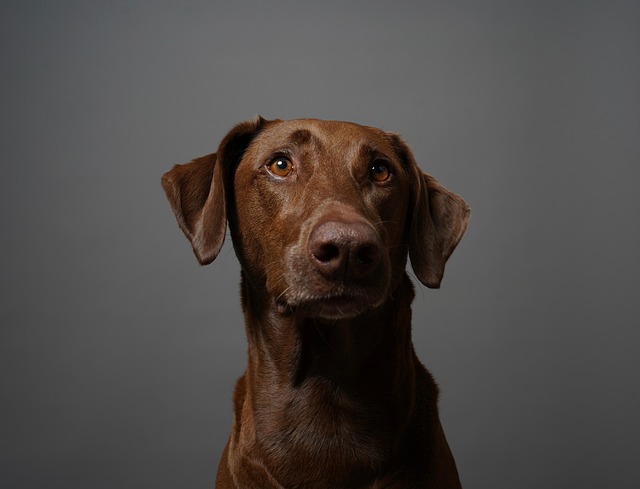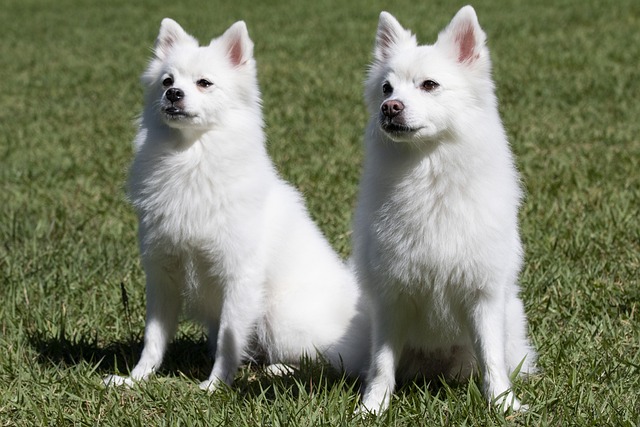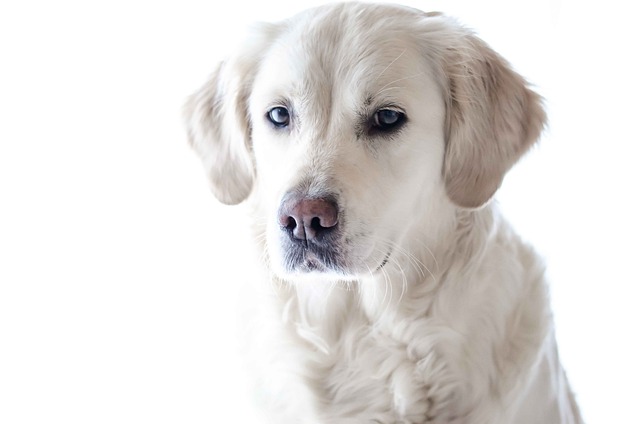
What is glaucoma in a dog?
You might notice your dog squinting more at mealtime or avoiding bright sunlight—these small changes could be early signs of a serious eye condition.
In the days spent with dogs, we all hope that they can always be healthy. When a dog at home catches a cold, the owner often worries that other dogs may also be infected. So, can dog colds be transmitted to each other? This is a question that requires in-depth exploration.
Dogs' colds are usually divided into two types: common cold and canine flu. The common cold is usually caused by sudden weather changes, failure to dry up in a timely manner after bathing, excessive fatigue, etc., which leads to a decrease in the immunity of dogs and an invasion of bacteria or viruses in their upper respiratory tract. This type of cold is generally not strongly contagious between dogs because it is not caused by specific highly infectious pathogens. For example, in the cold winter, if a dog spends too much time playing outdoors, it may catch a cold when it comes back. But if other dogs in the family are healthy and their living environment is clean and hygienic, they are usually not easily infected by this cold dog.
However, canine influenza is different. Canine influenza is a highly contagious respiratory disease caused by the canine influenza virus. The canine influenza virus is mainly transmitted through the air. When a dog infected with the virus coughs or sneezes, it releases virus containing droplets into the air. Other dogs may be infected by inhaling these droplets. Moreover, canine influenza virus can also be transmitted through contact, such as when dogs share food or water bowls, or lick and play with each other, which can spread the virus. Imagine in a dog park, a dog suffering from canine influenza is happily playing with other dogs. Within a few days, those dogs that have come into contact with it are also experiencing cold symptoms. This is the contagious nature of canine influenza.

The symptoms of canine influenza are similar to those of the common cold, but more severe. Dogs infected with canine influenza may experience fever, with a body temperature of up to 39.5 ℃ -40.5 ℃, which is higher than the fever temperature of a common cold. I will also cough frequently, which may initially be occasional mild cough, but as the condition progresses, it will become severe cough, which sounds heartbreaking. Runny nose is also a common symptom, which may be clear or gradually thickened. The mental state of dogs will significantly deteriorate. They, who were originally lively and active, will become listless and lose interest in playing and eating. Watching the dog suffer from canine influenza, the owner's heart is filled with anxiety and heartache.
In order to prevent the transmission of colds between dogs, especially the spread of canine influenza, owners need to do many things. Firstly, it is necessary to maintain the cleanliness and hygiene of the dog's living environment. Regularly clean the dog kennel, replace the dog's pads and toys, and disinfect with pet specific disinfectants to reduce the growth of viruses and bacteria. Secondly, try to avoid dogs going to places with high dog density and poor hygiene conditions, such as pet markets and dog foster homes without strict disinfection measures. During the peak season of canine influenza, it is even more important to reduce dogs' outdoor activities and lower the risk of infection. In addition, vaccinating dogs is also an effective way to prevent canine influenza. Although current canine influenza vaccines cannot completely eliminate infection, they can reduce the severity of symptoms and transmission risk after infection.
When a dog catches a cold at home, it is important to isolate it promptly. Place the dog with a cold in a separate room, avoid contact with other healthy dogs, and closely monitor its symptoms. If a dog's symptoms are mild, it can be helped to recover by keeping warm, providing sufficient hydration and nutrition. But if the symptoms continue to worsen, such as persistent fever, severe cough, difficulty breathing, etc., it is necessary to take it to a pet hospital for treatment in a timely manner. During the process of taking care of a dog with a cold, the owner should wear gloves and a mask to prevent the virus from spreading to themselves, while also paying attention to their own cleanliness and hygiene.
Whether dog colds can be transmitted to each other depends on the type of cold. The risk of transmission of the common cold is relatively low, while canine influenza has strong infectivity. As owners, we should always pay attention to the health status of our dogs, take preventive measures, and protect their health with love and scientific methods. When we see dogs playing healthy and happy, we can also gain a lot of happiness and peace of mind. Let's work together to create a safe and healthy living environment for dogs.

You might notice your dog squinting more at mealtime or avoiding bright sunlight—these small changes could be early signs of a serious eye condition.

Let’s set the scene: It’s a sweltering Phoenix afternoon—105°F outside—and you rushed your 2-year-old Lab mix, Cooper, on a quick walk to “get it over with.”

Let’s get real: You’re in your Miami apartment, watching your 3-year-old Corgi, Loki, struggle to climb the stairs to your second-floor unit.

Many dog owners brush off occasional scratching as just “dog behavior,” but persistent itching often signals something more—like a food allergy.

You might first notice your dog scratching more than usual—chewing at their paws until the fur looks thin, or rubbing their face against the couch nonstop.

Let’s be real: You’re standing in your Chicago apartment, watching your 3-year-old Beagle, Max, huff and puff just to climb onto the couch.